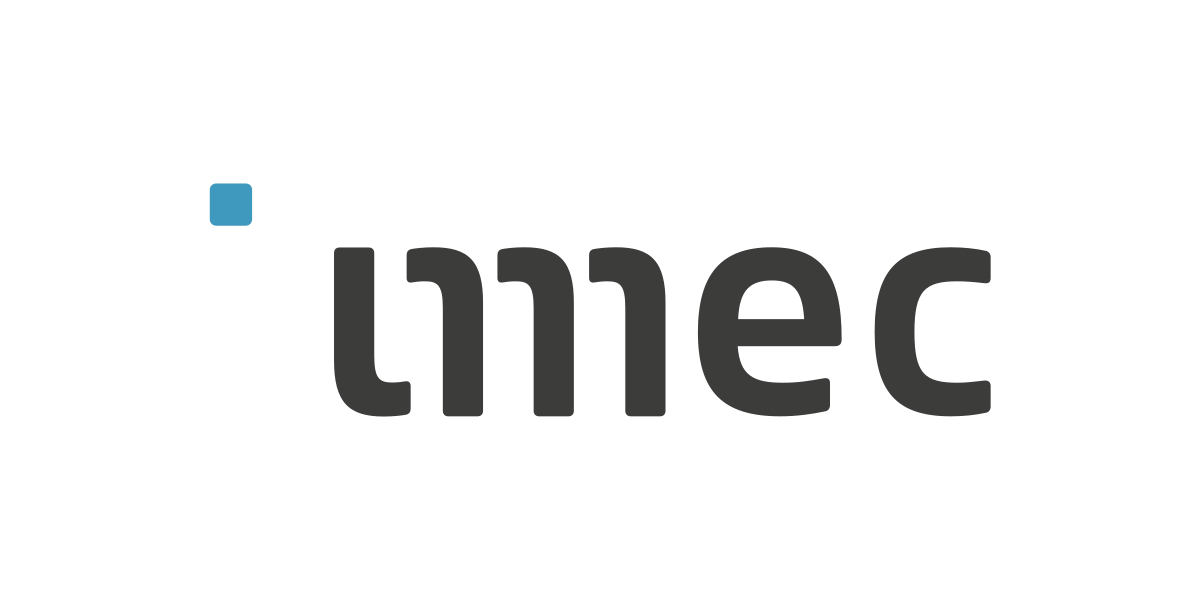Leuven-based ophthalmologists, biologists and engineers go to war against alzheimer's disease
Researchers from UZ Leuven, KU Leuven, VITO and imec published promising results on the use of a hyperspectral camera to detect protein plaques in the eyes of Alzheimer's disease patients. These protein accumulations in the brains of Alzheimer's patients have been known for some time and are important when making a diagnosis. The hypothesis is now that the plaques can be detected in the eyes ten to twenty years before symptoms develop. At that early stage of disease, treatments would potentially be much more effective.



Alzheimer's diagnosis today
Alzheimer's disease, one of the most common causes of dementia, poses a major problem for our aging population. In Belgium today, more than 220,000 people are affected by the disease, and along with them, thousands of family members and friends who see their loved ones deteriorate. The World Health Organization calls Alzheimer's the most expensive disease of our time, next to cancer and diabetes.
There is no miracle cure for Alzheimer's. In fact, several drug candidates have been discarded in recent years due to disappointing results in the final stages of clinical trials. Experts believe that existing medications would be more effective if they could be administered at a much earlier stage, before the brain is affected and symptoms such as memory loss or speech problems occur.
But how would one screen at-risk patients - or even the entire population - for Alzheimer's? Expensive brain scans are not an option. But a simple checkup at the eye doctor's office might be.
The eye as a window to the brain
"In 2015, researchers from Minnesota (USA) published extraordinary results in which they detected accumulations of the protein amyloid-beta in the retinas of mice that developed Alzheimer's disease even before they showed symptoms," explains Prof. Ingeborg Stalmans, ophthalmologist at UZ Leuven. "These results were very controversial at the time and many researchers in this field did not attach much credence to them. Nevertheless, it is not so strange to study the eye and know more about the development of chronic diseases. Just think of the study of blood vessels in the eye to detect elevated blood pressure or the risk of a heart attack. The great advantage, of course, is that the eye is transparent and therefore provides an insight into the body and the brain in a very simple, non-invasive way."
A multidisciplinary team
Professor Stalmans and her team members, Dr Karel Van Keer and Dr Sophie Lemmens, decided to take this further and joined forces with biologists and engineers. The team of Professor Lieve Moons and postdoc Lies De Groef from the Department of Animal Physiology and Neurobiology at KU Leuven is taking care of the fundamental research and studying the formation of protein accumulations in the retina of mice, for different brain disorders. "We are looking for abnormal protein accumulations that are typical of diseases such as alzheimer's, parkinson's, huntington's, etc.," they explain. "In this way, we hope to find a 'fingerprint' for each disease that can lead to a better diagnosis."
To develop the necessary camera technology, the UZ Leuven and KU Leuven researchers went knocking on the door of "their neighbors": imec. "For more than a decade, we've been working on hyperspectral cameras and making them as small, fast and user-friendly as possible," says Andy Lambrechts, Hyperspectral Technology program director at imec. "Where a regular camera only detects three colors or wavelengths (red, blue and green), a hyperspectral camera can break down the captured light into tens to hundreds of wavelengths. Since each material, in this case each protein, will reflect specific wavelengths to the camera, it can be identified. We speak here of a spectral fingerprint that is specific to a particular type of protein."
Creating the bridge between imec's hyperspectral camera and the final application that the biologists and ophthalmologists needed required a lot of teamwork. "We integrated the camera into a microscope for the examination of tissue sections, and into a fundus camera for the eye examination of patients," says Dr. Sophie Lemmens, who devoted her doctoral research to it.
The team received assistance from VITO. Professor Patrick De Boever, former project manager at the VITO Health Unit: "For the ophthalmologists it was particularly important to optimise the speed of the camera. After all, it must be possible to take images between the blinks of the patient's eyes." Ir. Jan Theunis, current project manager VITO Health, adds: "On the basis of the hyperspectral images, we then developed smart algorithms to be able to recognize an Alzheimer's pattern. Those algorithms can then be used to detect the disease via a simple eyetest.
Hopeful and for the near future
Normally this kind of research does not bear fruit quickly in practice, but here it can be quick. After all, the equipment is available and does not require much additional development. Moreover, the test is safe for patients because only visible light, and not potentially dangerous laser light, is used.
"It is now important to demonstrate how early in the development of the disease we can find protein plaques in the eye," concludes Prof. Stalmans. "Subsequently, this diagnostic technique can then be used to recruit subjects for the clinical trials of new Alzheimer's treatments. In this respect, our close collaboration with Prof. Rik Vandenberghe of the memory clinic at UZ Leuven is also very important. I truly believe that with combined efforts we can fight this disease and make the lives of all those millions of patients worldwide more bearable. It can become a chronic disease that remains under control, just like some cancers today."
Want to know more?
This research was conducted as part of the ADMIRE project and received support from Mission Lucidity, a multidisciplinary research initiative on neurodegenerative diseases. There was also support through the HERALD project, funded by ATTRACT within the European Horizon2020 program.
Related News
How can we help?
The Leuven MindGate team is at your disposal for any questions about the Leuven Innovation Region. Do you want to invest, work or study in the region? We can help you find your way.
We also facilitate collaboration and innovation between companies, knowledge institutes and government within the Leuven Innovation Region, and we are happy to guide any of these stakeholders towards innovation.











